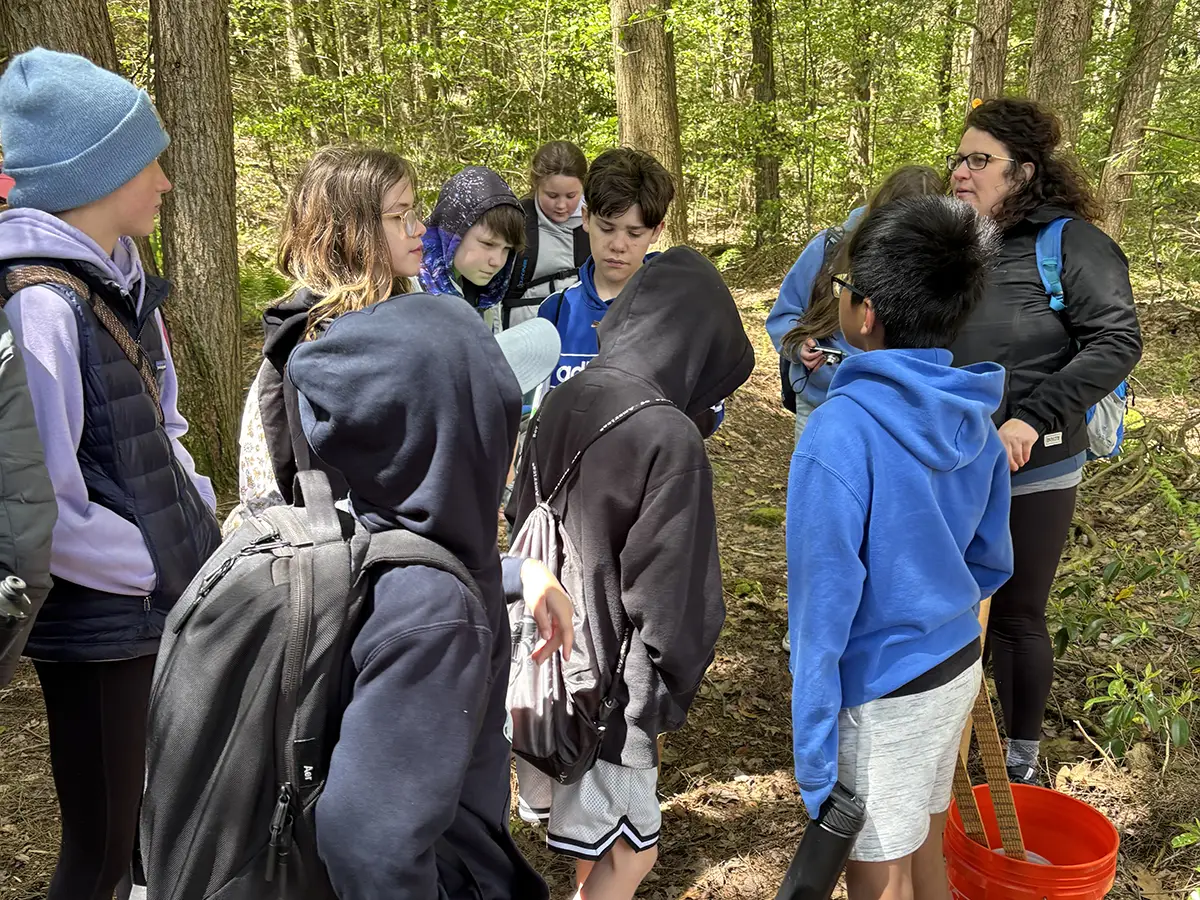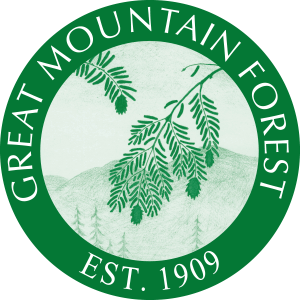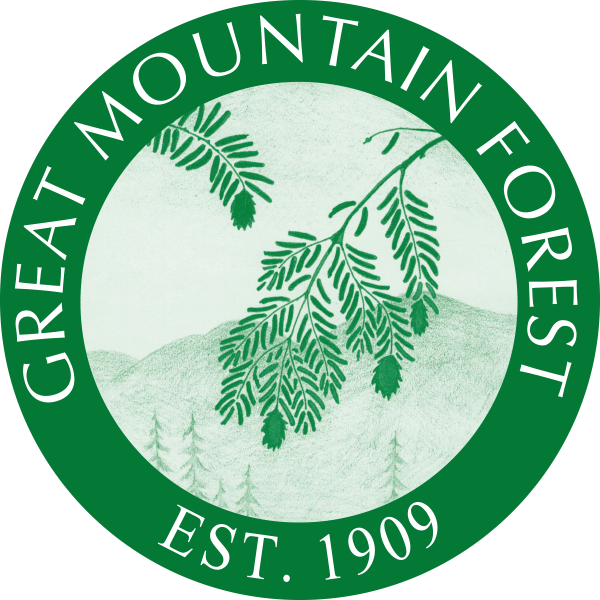Sap to Syrup- The Sweet Science of Maple Magic

Most Prevalent Themes:
- Science of Tree Physiology and Sap Flow- MS-LS1-1
- History and Cultural Traditions of Maple Sugaring- MS-ETS1-3
- Hands-on STEM Investigation and Critical Thinking- MS-ESS2-6
- Sustainability and Forest Management- MS-LS2-4
- Connection Between Nature, Culture, and Community- MS-LS1-5
Audience:
Middles School (adaptable to elementary and high school)
Duration:
2 ½ hours
Extensions:
Harvesting the Forest’s Gifts: Discovering Food, Medicine, Fibers, and More from the Forest- 90 minutes
Description
Tap into the sweet science of maple sugaring! Learn the art and science of the fascinating process of tapping trees, collecting sap, and crafting pure, delicious maple syrup in this immersive seasonal program. Students explore the history and traditions of maple sugaring—from Native American innovations to modern sustainable practices—while learning how to identify sugar maples, tap trees, and understand the freeze–thaw cycles that make sap flow. Along the way, they’ll uncover connections to chemistry, matter cycling, plant cells, and thermal energy as they investigate tree physiology, environmental factors, and forest management strategies that keep a sugarbush healthy for production and sustainable for birds and wildlife. Working in teams, students examine tools and techniques from past to present, measure sugar content, explore the evaporation process, and see firsthand how sap transforms into golden syrup. Taste testing brings the experience full circle, connecting science, history, and culture in one sweet adventure. This engaging program blends hands-on exploration with critical thinking, challenging students to answer guiding questions, make evidence-based claims, and consistently use evidence from their observations throughout the program to support their reasoning and evaluate best practices for yield, forest health, and conservation.
Learning Intentions:
By the end of the session, students will be able to:
- Identify sugar maple trees by their bark, branching patterns, and other distinguishing characteristics, and explain why they are the most efficient for syrup production.
- Demonstrate the process of tapping a maple tree safely and accurately, including selecting appropriate trees and determining the number of taps per tree.
- Explain how tree physiology and freeze–thaw cycles drive sap flow, connecting environmental conditions to biological processes.
- Analyze how sap is transformed into syrup by calculating sap-to-syrup ratios, measuring sugar content and syrup density and observing evaporation.
- Compare historical and modern sugaring techniques (Native American, colonial, industrial, and current sustainable practices) and evaluate the effectiveness of each.
- Assess criteria for a healthy sugarbush (tree size, density, forest diversity, absence of pests/invasives) and propose strategies for sustainable forest management.
- Reflect on the cultural and ecological importance of maple sugaring, considering its role in local traditions, forest ecosystems, and conservation.

